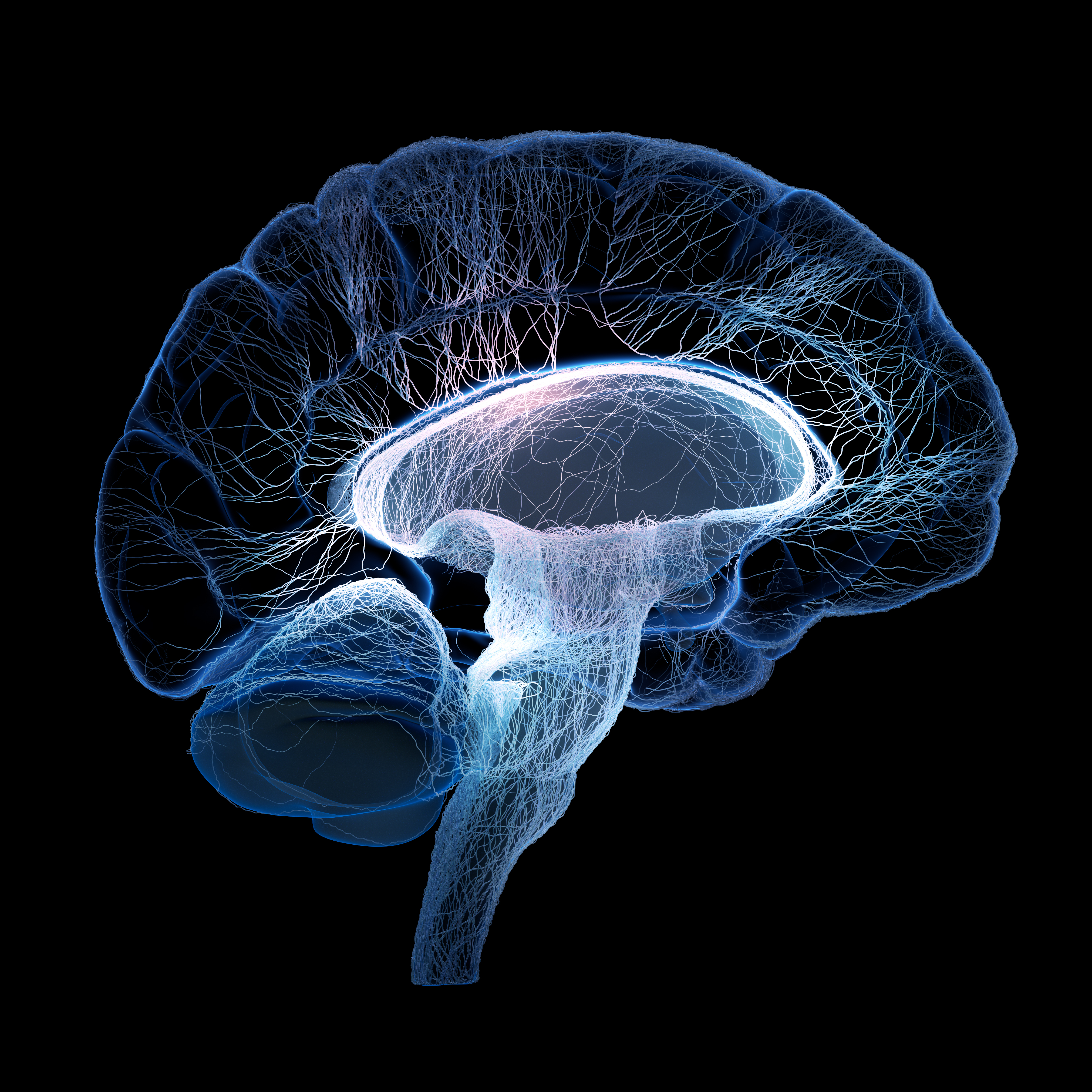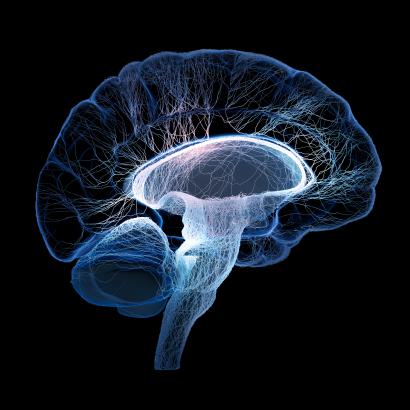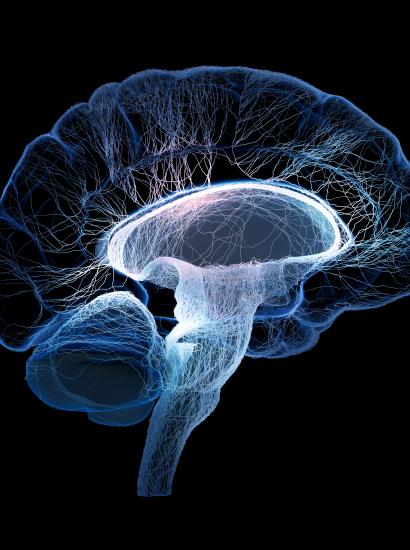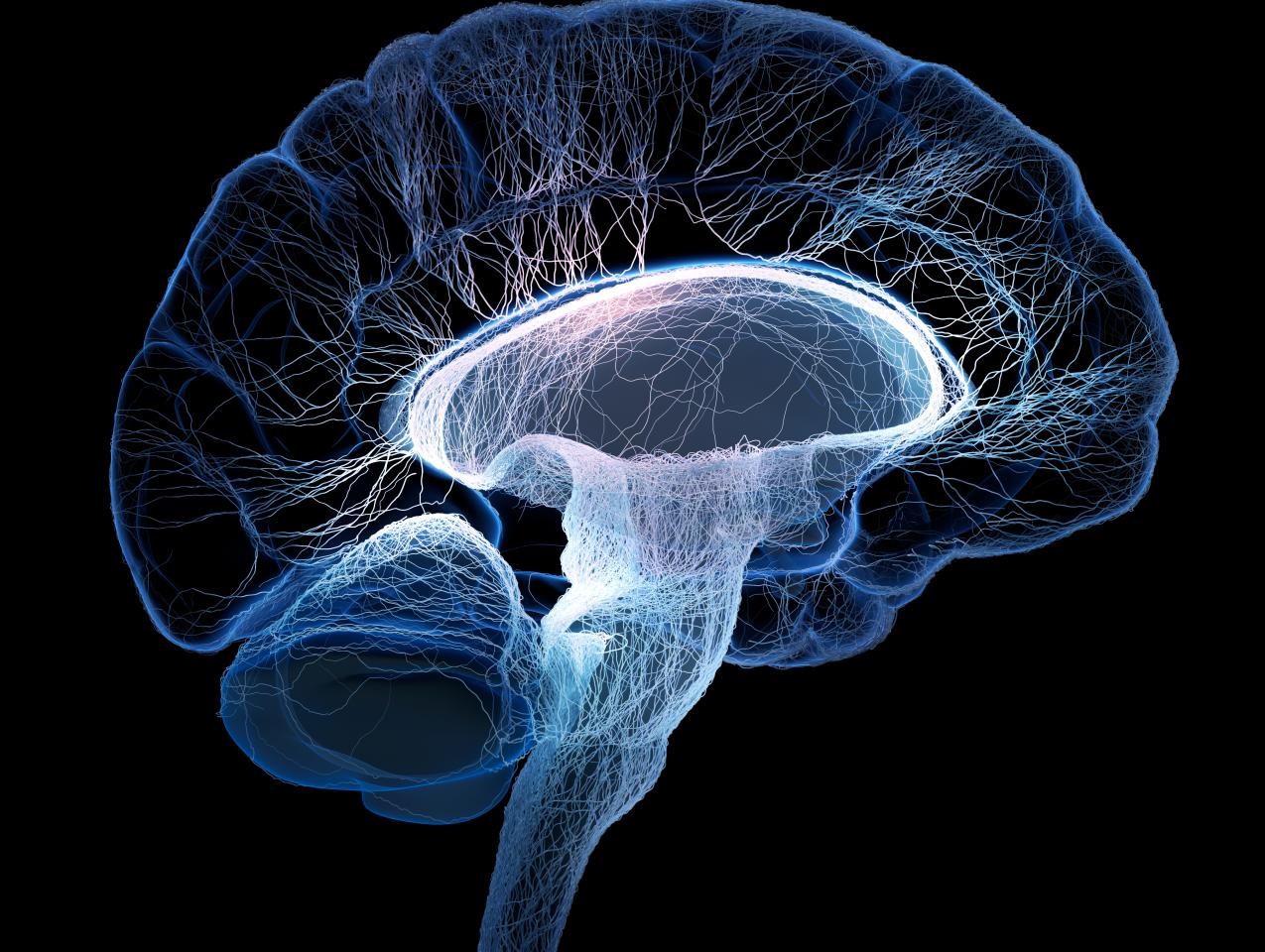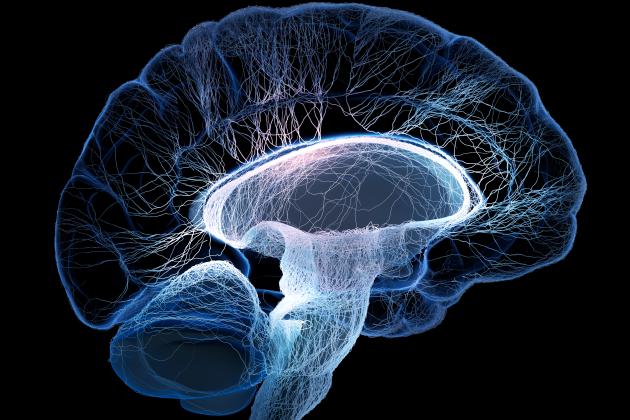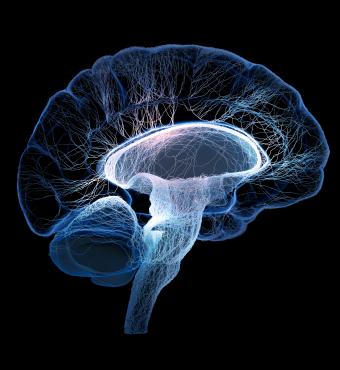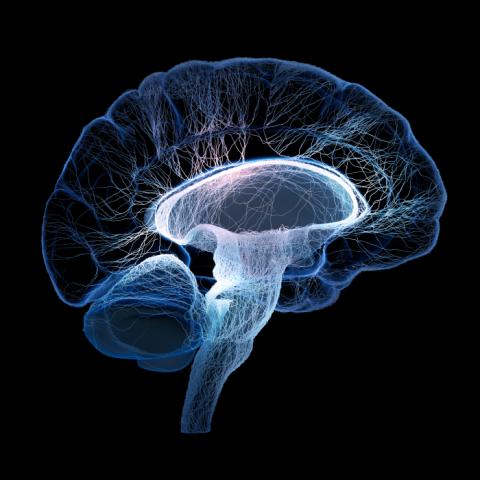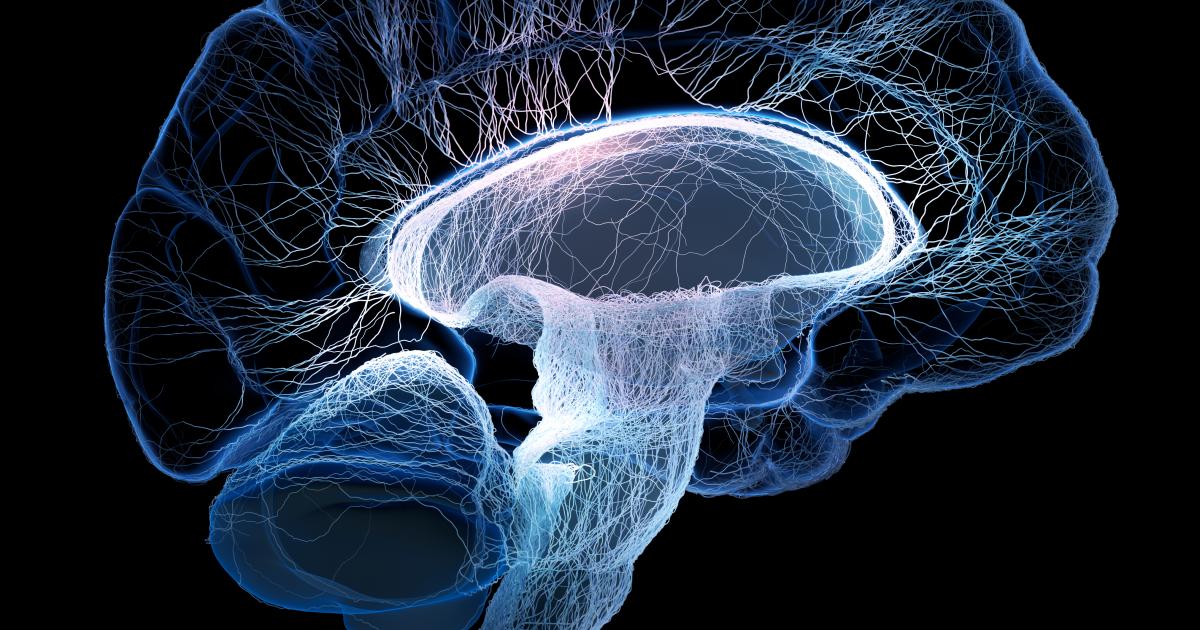This excerpt from the Stanford Emerging Technology Review (SETR) focuses on neuroscience, one of ten key technologies studied in this new educational initiative. SETR, a project of the Hoover Institution and the Stanford School of Engineering, harnesses the expertise of Stanford University’s leading science and engineering faculty to create an easy-to-use reference tool for policy makers. Download the full report here and subscribe here for news and updates.
The brain is perhaps the least understood and yet most important organ in the human body. Neuroscience is the study of the brain and its nervous system—their structure, function, healthy and diseased states, and life cycle from embryonic development to degeneration in later years.
Neuroscience covers a wide range of subfields: the nervous system’s bodily structure (neuroanatomy), chemicals that modulate the nervous system (neurochemistry), nervous system functions (neurophysiology), the role of the nervous system in actions (behavioral neuroscience), and the role of the nervous system in thoughts (cognitive neuroscience). Many practical applications could spring from neuroscience research, including the development of treatments for neurological and psychiatric disorders such as epilepsy, learning disabilities, cerebral palsy, and anxiety.
The market for products based on neuroscience is growing—already $32 billion in 2021, it is forecast to grow nearly 4 percent annually this decade to $41 billion, driven by increasing cases of neurological disorders like Parkinson’s and Alzheimer’s, which surge with age.
Popular interest in neuroscience vastly exceeds the current scientific understanding of the brain. This gives rise to overhyped claims among the public that revolutionary advances are just around the corner. At the same time, advances in computing have led to progress in several areas, including understanding and treating addiction, treating neurodegenerative diseases, and designing brain-machine interfaces.
Neurodegeneration
Neurodegeneration is a major challenge as people live longer. In the United States alone, the annual cost of Alzheimer’s treatment is projected to explode from $305 billion today to $1 trillion by 2050. While just 5 percent of people sixty-five to seventy-four have Alzheimer’s disease, this rises to 33 percent of those older than eighty-five. The percentage of adults with Parkinson’s disease demonstrates a similar rising frequency with age. As modern medicine and society enable longer lifespans, the human body and brain remain maladapted to maintaining nervous system function for decades past childbearing age.
Effective treatments for neurodegenerative disorders such as Alzheimer’s are still far from sufficient, despite decades of research. Alzheimer’s disease occurs when two different types of proteins in the brain fold improperly, which eventually leads to neuron death. Only in the past few years have drugs aimed at clearing one of these proteins been approved by the FDA, albeit with limited though real therapeutic benefit and significant side effects.
While current treatments for Alzheimer’s disease are less effective than would be desired, there is reason for guarded optimism in the coming years. Gene-therapy approaches targeting other proteins associated with Alzheimer’s have entered clinical trials. Powerful diagnostic tools such as tau and amyloid PET scans, identification of biomarkers, and identification of genetic risk factors allow for increasing early detection and diagnosis, which might make it easier to fight the disease. Advances in personalized medicine also leave researchers and clinicians hopeful.
Another form of neurodegeneration results from traumatic brain injury (TBI), which can manifest itself in a range of complex symptoms and pathologies. Traumatic impact to brain systems can affect cognitive and behavioral functions in ways that lead to long-term and severe psychiatric conditions requiring specialized care. TBI offers insights into other neuropsychiatric disorders and can pave the way for innovative concepts in neurodegenerative disease.
The science of addiction
Researchers also are working to understand the neural basis of addiction and of chronic pain while working with psychiatrists and policy makers to address the opioid epidemic. The economic costs of the opioid epidemic are difficult to calculate, but estimates range from $100 billion to $1 trillion a year when the loss of lifetime earnings of overdose victims is included. The number of opioid deaths in the United States has risen sharply over the past ten to fifteen years, from 21,000 in 2010 to 80,000 in 2021, which places opioid overdose among the ten leading causes of death in the United States, comparable to diabetes and Alzheimer’s disease.
Economic, societal, and political factors all play a role in the epidemic. Neuroscience has a potentially important role to play as well. For example, a non-addictive painkiller drug as effective as current-generation opioids would be transformative, although skeptics note that relief from pain itself is pleasurable and thus may be behaviorally addictive as well. Heroin and OxyContin themselves were famously initially marketed as non-addictive alternatives to the painkillers of the day.
Though safer or less addictive painkillers would help reduce the burden of the opioid epidemic, there are other approaches relevant to neuroscience, such as reducing the need for opioids or aiding in recovery from addiction. Consider the problem of relapse in tackling addiction: in a finding particularly relevant for opioid use, scientists have learned that the brain mechanisms leading to an initial opioid addiction differ significantly from those that trigger a relapse.
Neuroscientists also may be able to assist in the social aspects of recovery from opioid addiction. Opioid receptors are found in many areas of the brain and affect diverse functions, including neural circuits related to the desire for social interaction. When an individual goes into opioid withdrawal, these areas of the brain are affected—and the individual often develops an aversion to social interactions. Such an aversion is a significant challenge to recovery because social interactions are often key to helping an individual cope with the vulnerabilities associated with recovery. Essentially, their brains miscalculate the rewarding value of human connection, undermining their recovery process.
Stanford neuroscientists have recently identified a neurological pathway that is responsible for the onset of this social aversion. If this study conducted in mice generalizes to humans, it may be possible to develop drugs that inhibit social aversion during withdrawal and thereby help patients seek help or companionship from friends, families, recovery programs and doctors.
Finally, it is widely recognized that chronic pain is a driver of opioid misuse. Chronic pain is a widespread condition—an estimated 20 percent of adults in the United States experience chronic pain and some 7 percent have intense chronic pain that has a substantial impact on daily life. But what if it were possible to block the induction of chronic pain entirely? Soldiers with severe injuries, including compound fractures and open wounds, don’t always report immediate pain, a fact that suggests pain isn’t governed just by ascending signals—from the injury site to the brain—but also that the central nervous system can exert influence. That is, our brain can control whether we sense pain, a phenomenon known as descending pain control.
Scientific and technical hurdles
Applications of neuroscience have two main parts: a scientific component that focuses on identifying relevant brain circuits and understanding how they function and compute, and a technical engineering component that focuses on how to safely stimulate the relevant brain circuits to create the desired responses.
Much about the brain’s anatomy, physiology, and chemistry is still not well understood, and addressing the theoretical issues in neuroscience is almost exclusively the purview of academia over industry. Certainly, there are research programs in industry that solve basic biological questions in neuroscience, but these are necessarily and economically tied to solving problems with a profit motive—usually the development of new drugs.
Once the basic science has been developed and a research area approaches an economically viable application, helping to smooth the friction of moving a project from academia to industry is crucial to overcoming roadblocks in development. Incubators and accelerators can help transition the findings of basic research to application by aiding in high-throughput screening—the use of automated equipment to rapidly test samples—and prototyping. With viable prototypes, new companies can be created, or licenses granted to existing companies to produce a final product. Such activities are critical in facilitating the integration of well-understood scientific theory, technical engineering, and final application.
Windows on the mind
Demand for neuroscience advances and applications—including understanding brain circuitry, developing new drugs, treating diseases and disorders, and creating brain-machine interfaces—is expected to continue growing considerably in the coming years.
Science fiction and fantastical headlines fuel beliefs that mind-reading technology, brains controlled by computers, and other dystopias are imminent. In reality, comprehending the brain’s staggering complexity remains in its early stages. Most advances involve incremental progress at expanding our theoretical foundations rather than revolutionary leaps to futuristic applications. This vast gap between public expectations and scientific reality creates an environment ripe for exploitation. Impatience for solutions to pressing medical problems like dementia and mental illness, for instance, leaves many open to dubious proclamations or pseudoscience.
In the end, useful products emerge from neuroscience only after scientific issues have been resolved and engineering challenges have been met. The primary capital in neuroscience is human expertise, and future success continues to depend on the United States being the best place for international scientists to train, conduct research, and use their own expertise to train the next generation.







